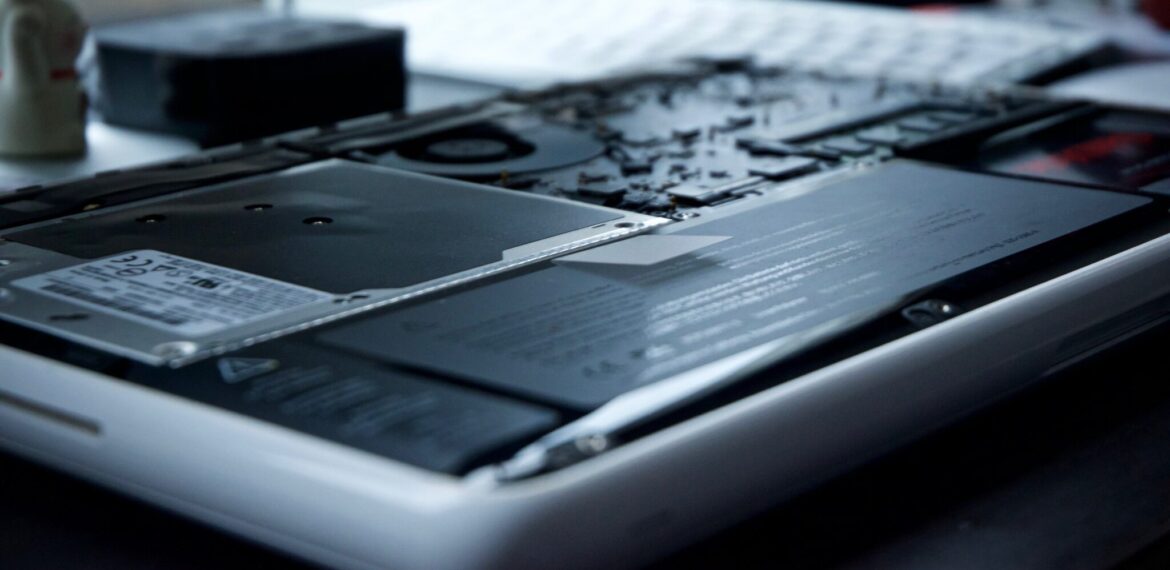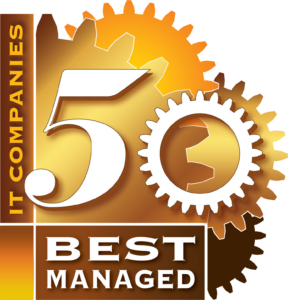
How Well Are You Managing Your Device Life Cycle?
How Well Are You Managing Your Device Life Cycle?

The most successful businesses are not the ones that have the most advanced technology, but the ones that manage their technology the most efficiently.
In today’s fast-paced business environment, technology is not just a tool—it’s the backbone of operations. From the smallest startups to the largest corporations, the efficiency and security of IT infrastructure play a pivotal role in determining success. One of the most overlooked aspects of this infrastructure is the device life cycle. How you manage the life cycle of your devices, from procurement to disposal, can significantly impact your bottom line and your company’s growth trajectory.
Why Device Life Cycle Management Matters
Properly managing the life cycle of devices ensures that you’re not spending unnecessary funds on premature upgrades or maintenance. It also ensures that when devices are retired, they are done so in a manner that recoups the most value. Devices that are maintained and upgraded at the right times perform better. This leads to increased productivity and fewer disruptions in the workflow. Older devices that are not properly updated or maintained can become security risks. Ensuring that devices are phased out or updated at the right time can prevent potential breaches.
Key Stages of the Device Life Cycle
1. Procurement: This is the initial stage where devices are purchased. It’s essential to ensure that devices bought align with the company’s current and future needs.
2. Deployment: Once procured, devices need to be set up, configured, and integrated into the existing IT infrastructure.
3. Maintenance: Regular updates, patches, and checks are crucial to ensure that devices function optimally and securely.
4. Retirement: When a device reaches the end of its useful life, it needs to be retired securely and efficiently. This involves ensuring that all data is wiped and that the device is disposed of in an environmentally friendly manner.
Best Practices for Effective Device Life Cycle Management
Regular Assessments: Periodically assess the state of your devices. Tools and metrics can help determine when a device is nearing the end of its life or when it requires maintenance.
Stay Updated: Ensure that all devices are regularly updated with the latest software patches and security updates.
Plan for the Future: Technology is ever-evolving. Always have a plan for future upgrades and integrations.
Secure Disposal: When retiring devices, ensure that all company data is securely wiped and that devices are disposed of in compliance with environmental regulations.
Of course! Here are three additional sections that can be integrated into the blog post:
The Environmental Impact of Device Management
Sustainability and Green IT: In today’s world, sustainability is not just a buzzword—it’s a responsibility. Proper device life cycle management ensures that electronic waste is minimized. By recycling and repurposing devices, businesses can play their part in reducing their carbon footprint.
Economic Benefits: Beyond the environmental benefits, sustainable device management can also offer economic advantages. Repurposing and recycling can lead to cost savings, and in some cases, even generate revenue.
The Future of Device Life Cycle Management
Integration of AI and Automation: As technology evolves, we can expect more automation in the management of device life cycles. AI can predict when a device is nearing the end of its life or when it might fail, leading to proactive measures.
IoT and Device Interconnectivity: With the rise of the Internet of Things (IoT), devices are more interconnected than ever. This inter-connectivity will play a significant role in how devices are managed, with a focus on seamless integration and security.
Shift Towards a Service Model: Instead of purchasing devices, many companies are moving towards a service model where they lease devices. This shift will change how devices are procured, managed, and retired.
How the Right Partner Can Make a Difference
Managing the device life cycle can be complex, especially for growing businesses with expanding IT needs. Partnering with an expert in the field can make this process seamless and efficient. A partner can provide valuable insights, tools, and expertise to ensure that your IT infrastructure is always at its best.
And speaking of the right partner, there’s a company that stands out when it comes to providing top-notch IT services and solutions. A company that understands the intricacies of IT infrastructure and has a proven track record of helping businesses achieve their IT goals.
CopperTree Solutions is that partner. With a commitment to helping clients achieve their IT goals through effective IT management and strategy development, CopperTree Solutions ensures that your IT systems are stable, secure, and efficient. Their proactive approach to IT solutions means fewer disruptions and more focus on what matters most—growing your business.
In the age of digital transformation, managing your device life cycle efficiently is not just a good practice—it’s a necessity. It ensures cost efficiency, optimal performance, and security. And with the right partner by your side, like CopperTree Solutions, you can be assured of an IT infrastructure that supports and propels your business goals.
Ready to take your IT infrastructure to the next level? Book a meeting with us and let’s have a deeper discussion on how we can help.




